
A centrifugal pump is a hydraulic machine that transfers fluids by converting mechanical energy from rotation to impart velocity to the fluid and create a flow.
Centrifugal pumps are the most common type of industrial pump used when there is a requirement to transfer fluid from a source of low pressure to a region of higher pressure.
This article will delve into the differences between vertical and horizontal centrifugal pumps, their operating principles and which is better for industrial application.
The main distinction between a vertical and horizontal centrifugal pump is the shaft orientation. The shaft is in a vertical position with the motor for the former, and positioned horizontally typically in between bearings or overhung for the latter.
TYPES OF VERTICAL CENTRIFUGAL PUMPS | TYPES OF HORIZONTAL CENTRIFUGAL PUMPS |
|
|
Moreover, each type has its strengths and limitations depending on the following factors:
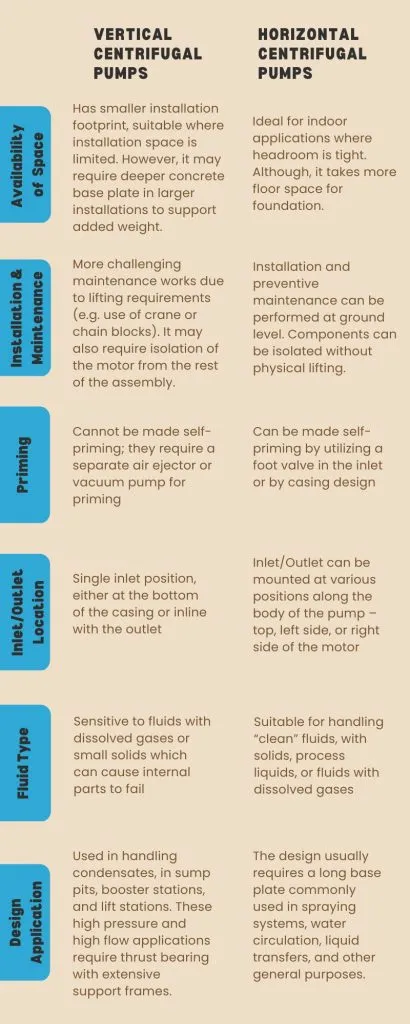
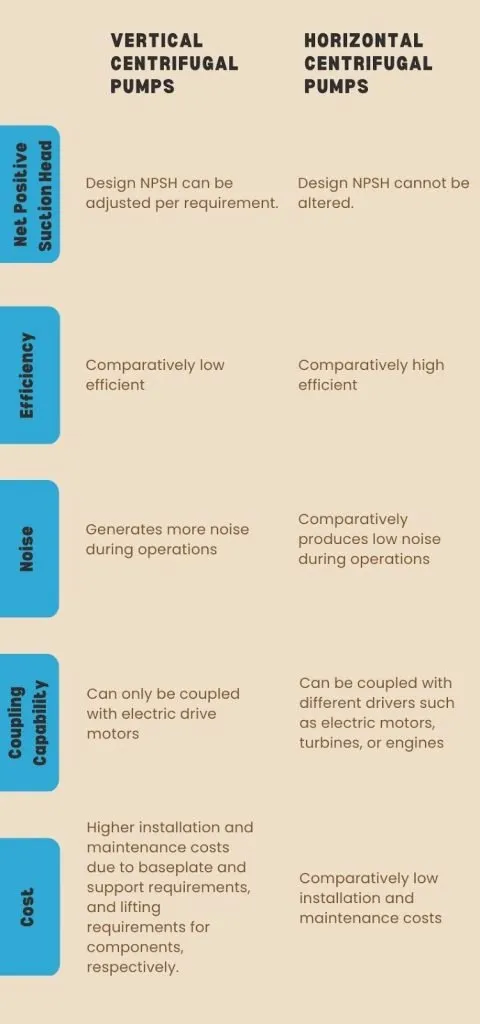
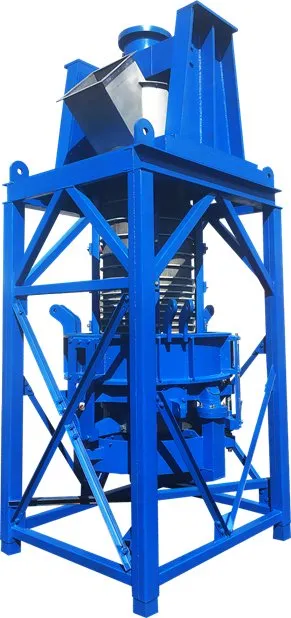
In vertical centrifugal pumps, fluid flows over the impeller through the diffuser bowl, where high kinetic energy is converted to high pressure. From the diffuser bowl, the fluid flows through a vertical pipe leading to the discharge head. The discharge head of the pump is usually located at the surface, allowing for modification of water flow direction.
A horizontal centrifugal pump has the shaft connected to the driving motor while the impeller is mounted horizontally. High-speed impeller vanes provide fluid rotation and push the fluid for transmission.
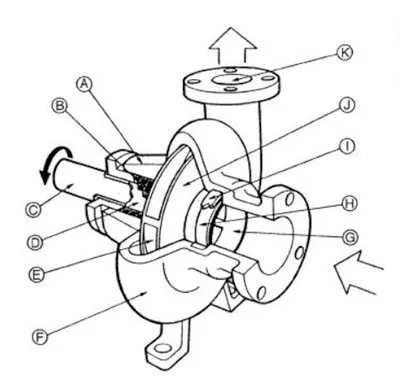
In a horizontal centrifugal pump, fluid enters through the casing and falls to the impeller blades which rotates tangentially and radially or axially outwards, depending on impeller design. While passing through the impeller, the fluid gains velocity and static pressure decreases as per Bernoulli’s principle. The pressure recovers in the volute for transmission from low to high point.
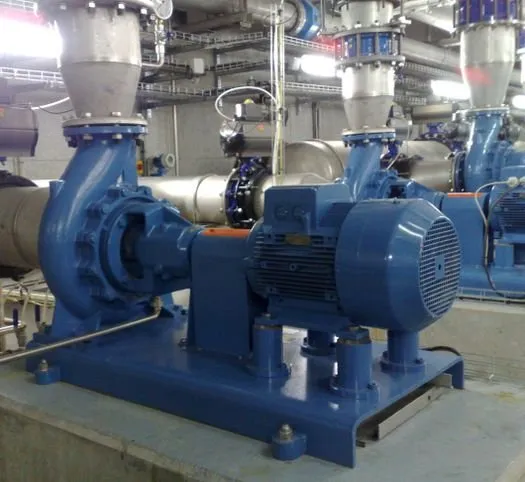
It depends on the application. A vertical centrifugal pump is better in applications for transporting fluids from deeply situated supply sources whereas horizontal centrifugal pumps are more suited for low pressure head and large volume fluid transport.
It would be more suitable to use a vertical centrifugal pump:
On the other hand, it may be more suitable to use a horizontal centrifugal pump in cases where:
1. What are the different types of centrifugal pumps?
Different classifications come in different categories, such as depending on the impeller design, the shaft orientation, the pump casing design, how many stages are needed, and how many suction sides, among others. More of this is covered in centrifugal pumps.
2. Can a submersible pump be installed horizontally?
Normally, submersible pumps are installed and operated vertically in sump pits and lift stations where the fluid level can be maintained at the desired level for pump operation. In some cases such as in inline applications, submersible pumps can be fitted in the pipeline and operated horizontally while still running efficiently.
3. Are inline pumps centrifugal?
Yes, inline pumps are a variety of centrifugal pumps whose suction and discharge connections are located in a straight line of piping or are kept together inside the casing so that the flow of fluids does not change.
4. Are multistage pumps more efficient?
Multistage centrifugal pumps are more efficient for low flow and high pressure head operations. When head requirements do not exceed 125 meters, multistage pumps prove to be more expensive.
3 Responses
It helped when you mentioned that horizontal centrifugal pumps are ideal for large-volume fluid transport. My friend told me that their facility needs a submersible well pump. I think it’s best to turn to a provider that provides well-inspected units.
Hello theengineersperspectives.com webmaster, Thanks for sharing your thoughts!
I find the article very informative on Centrifugal Pumps